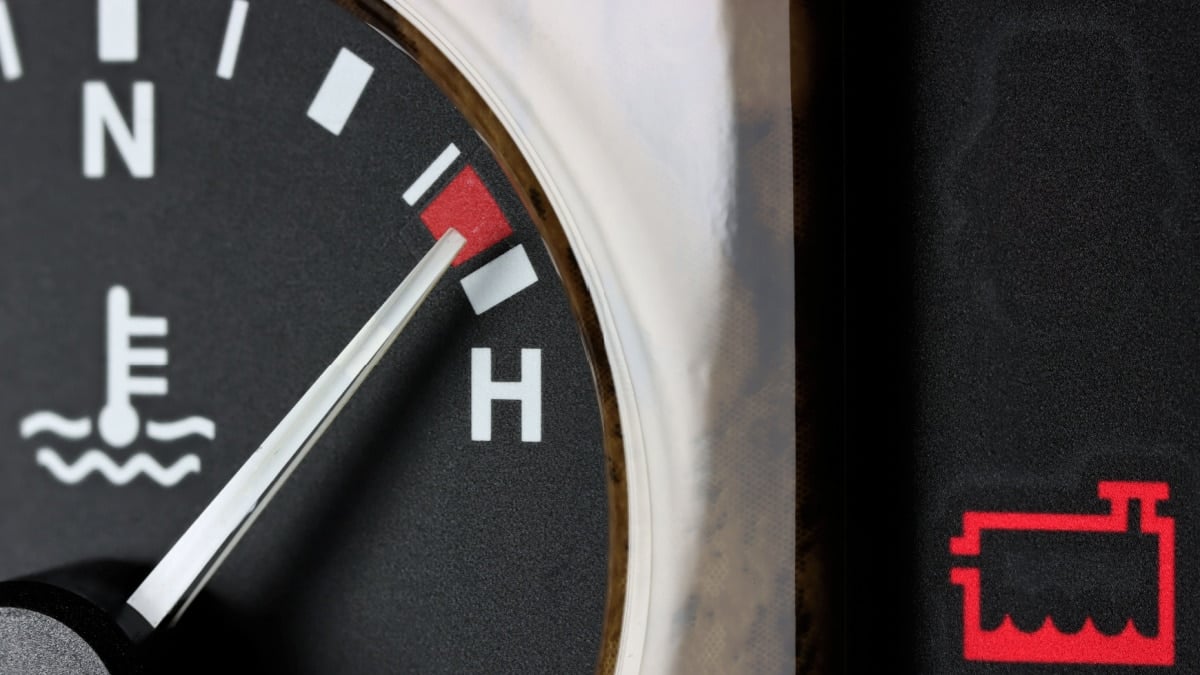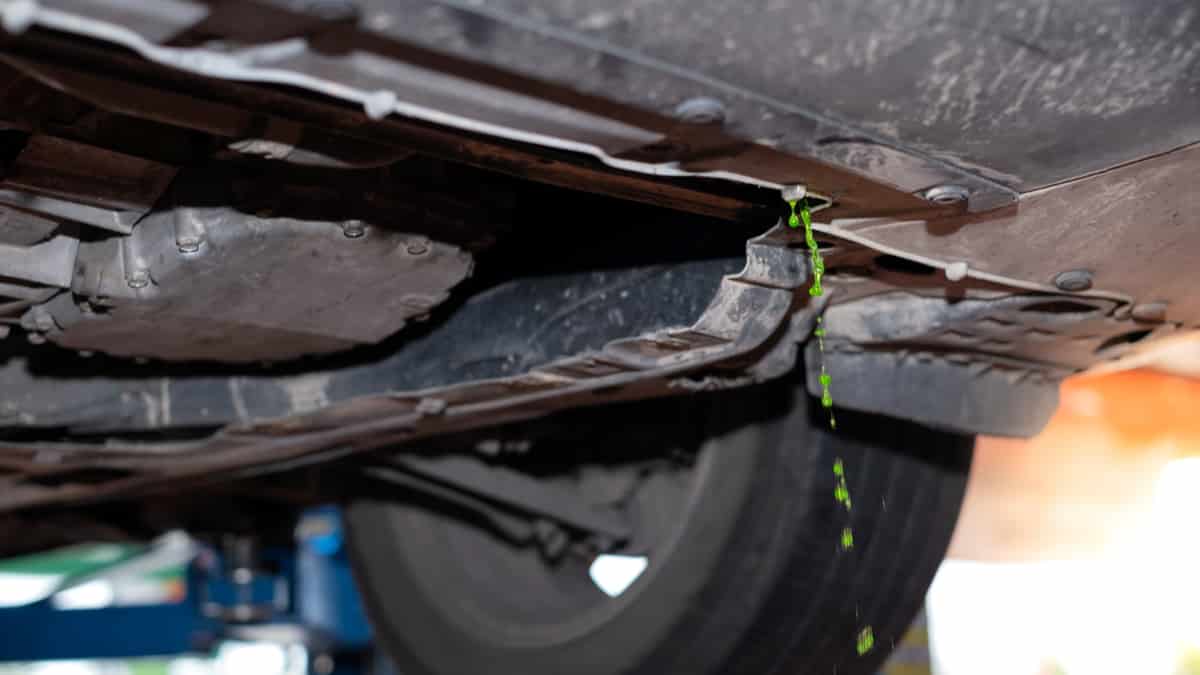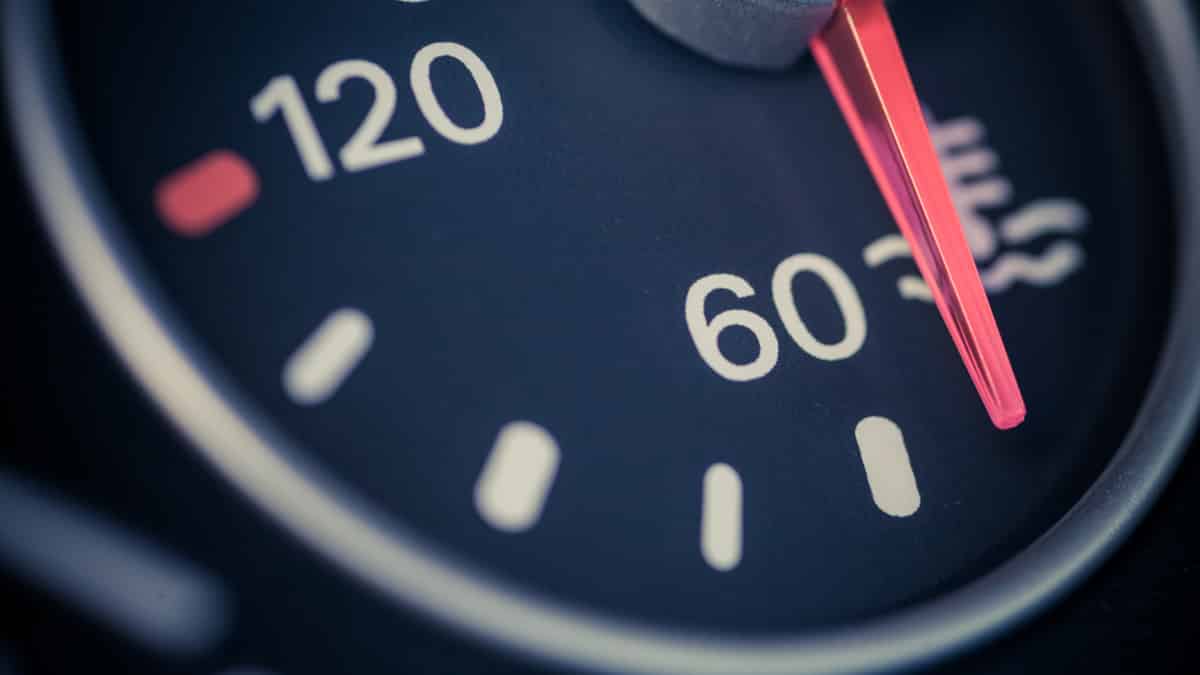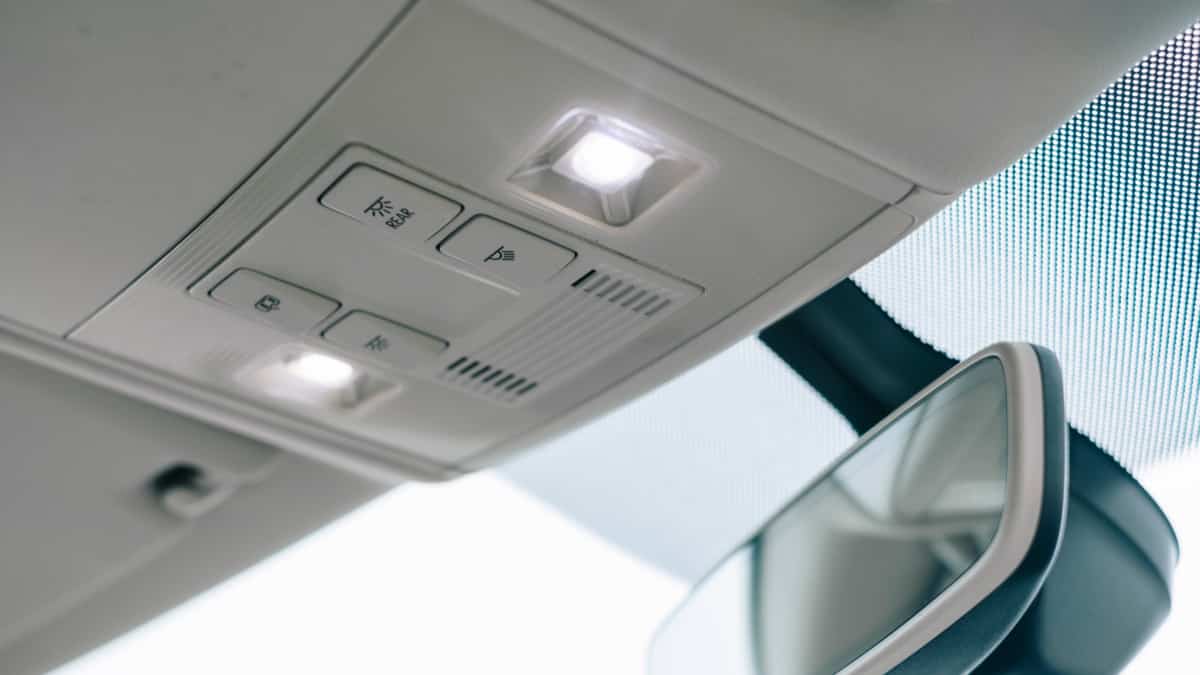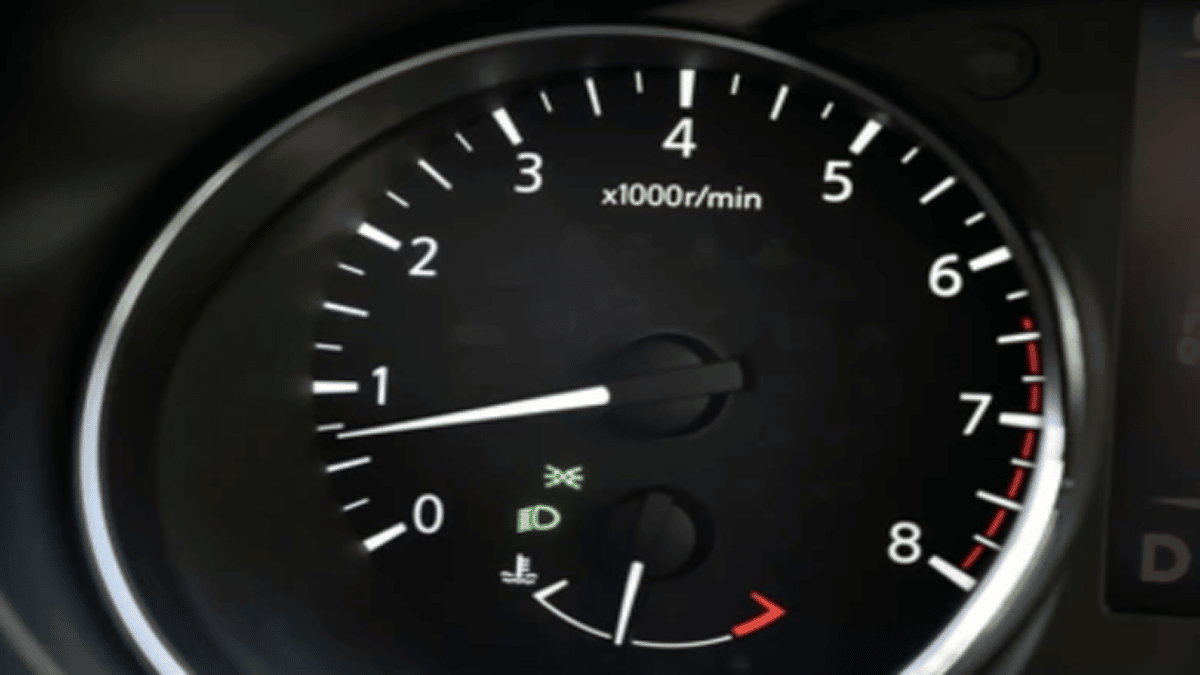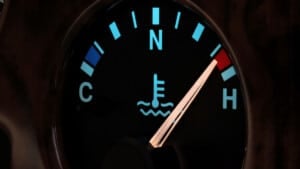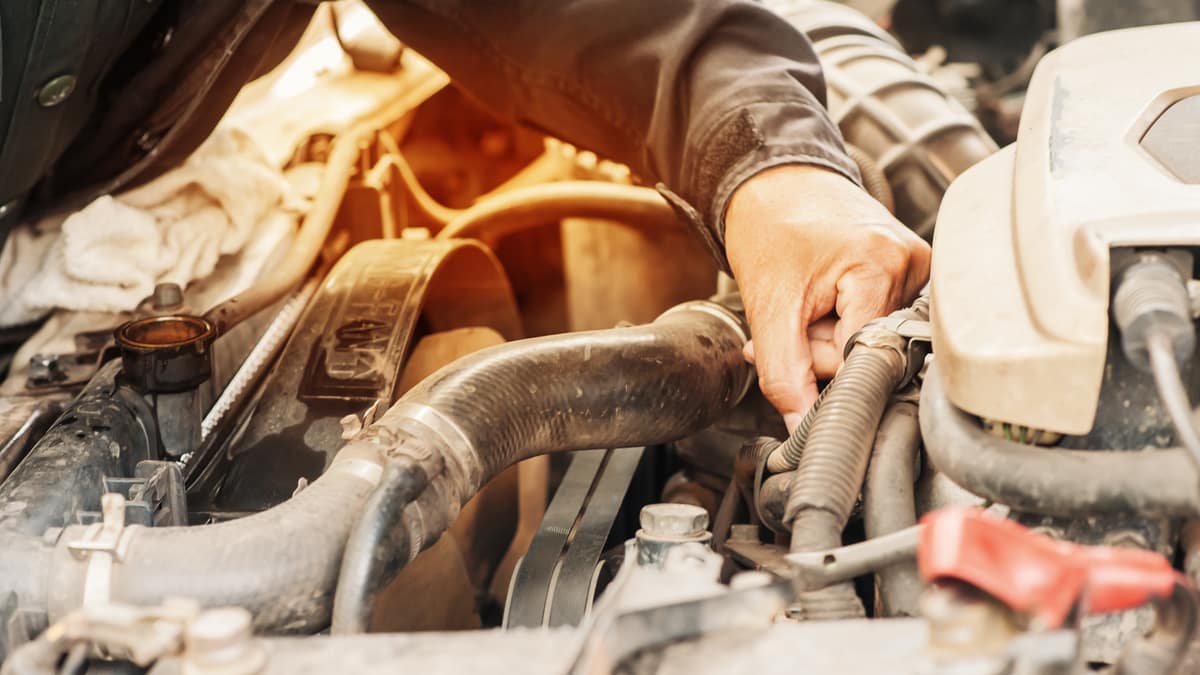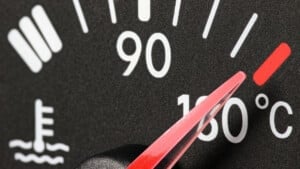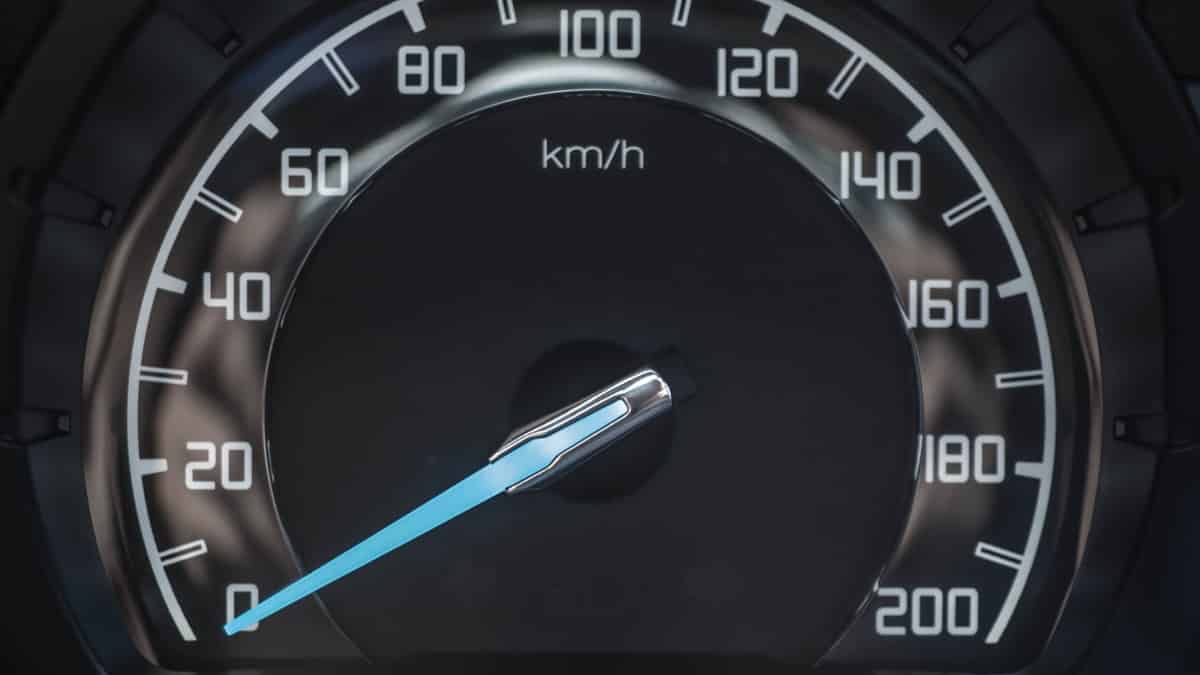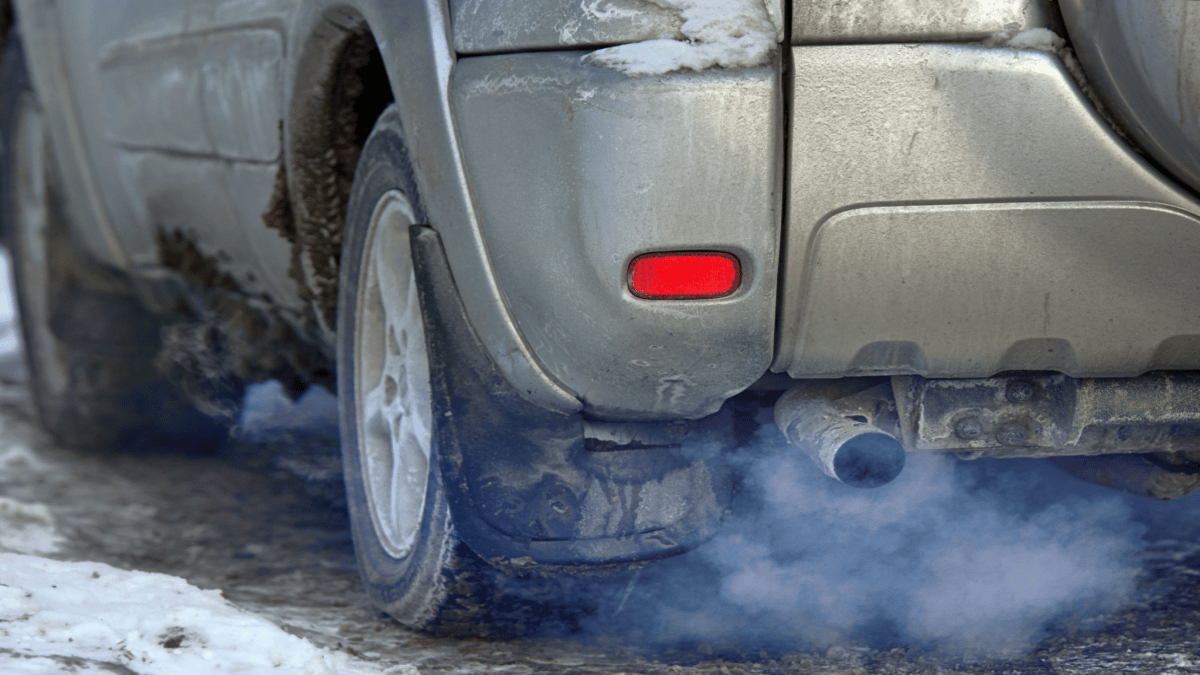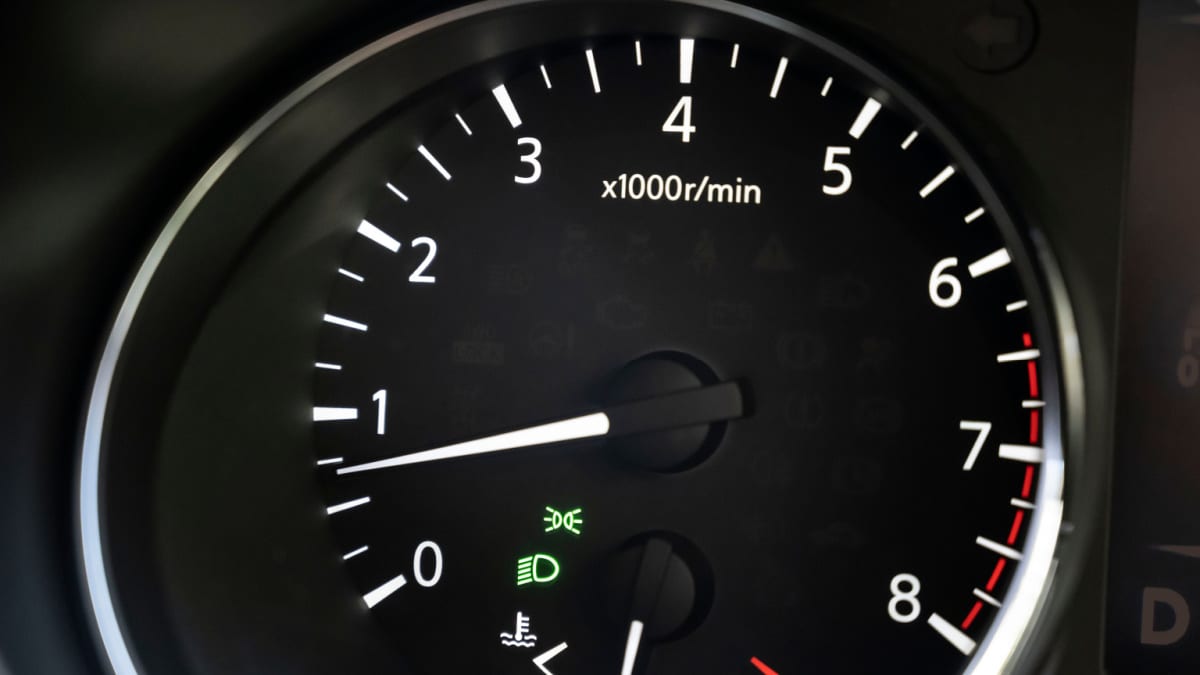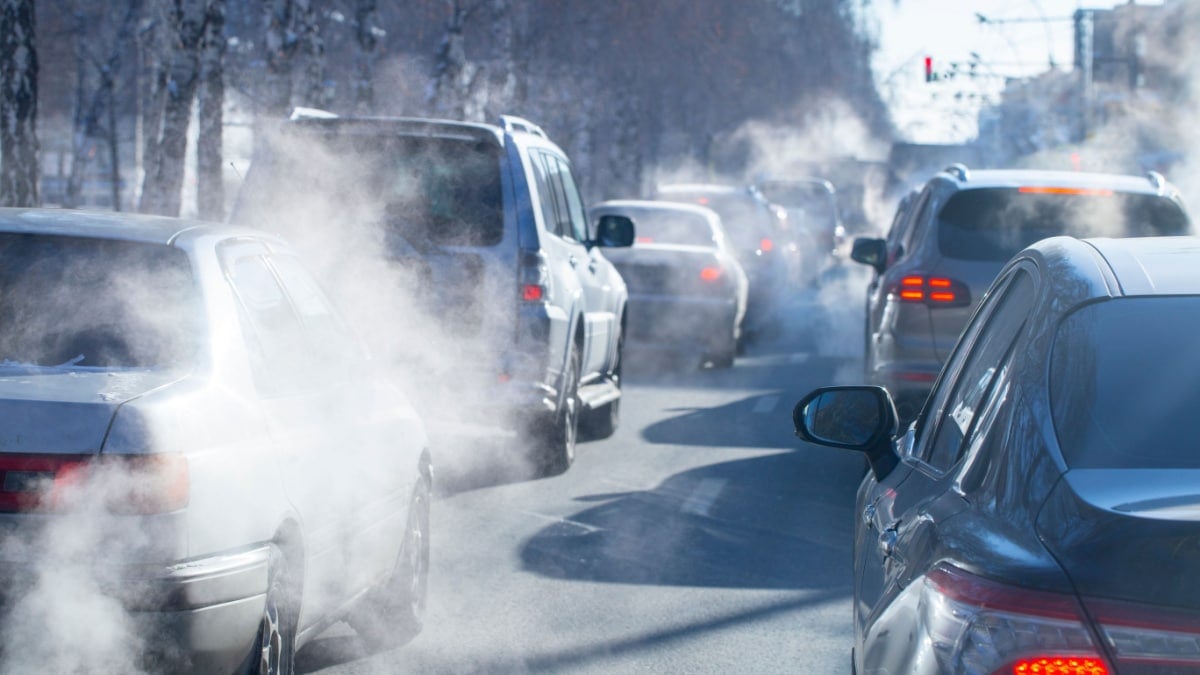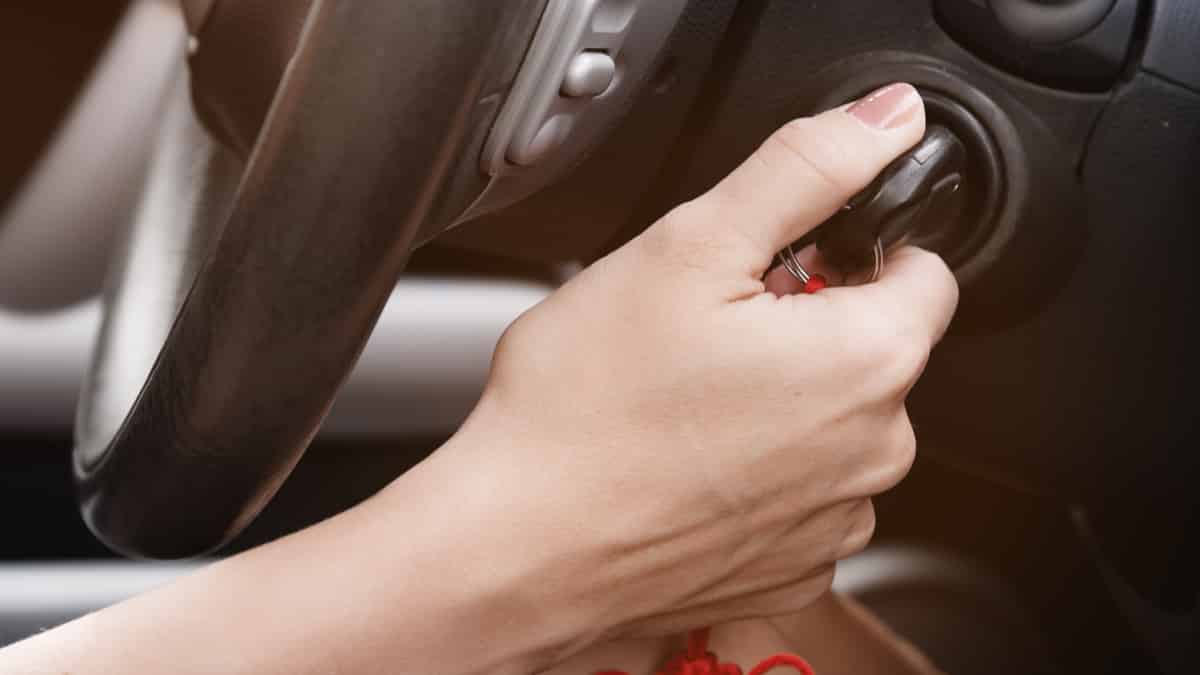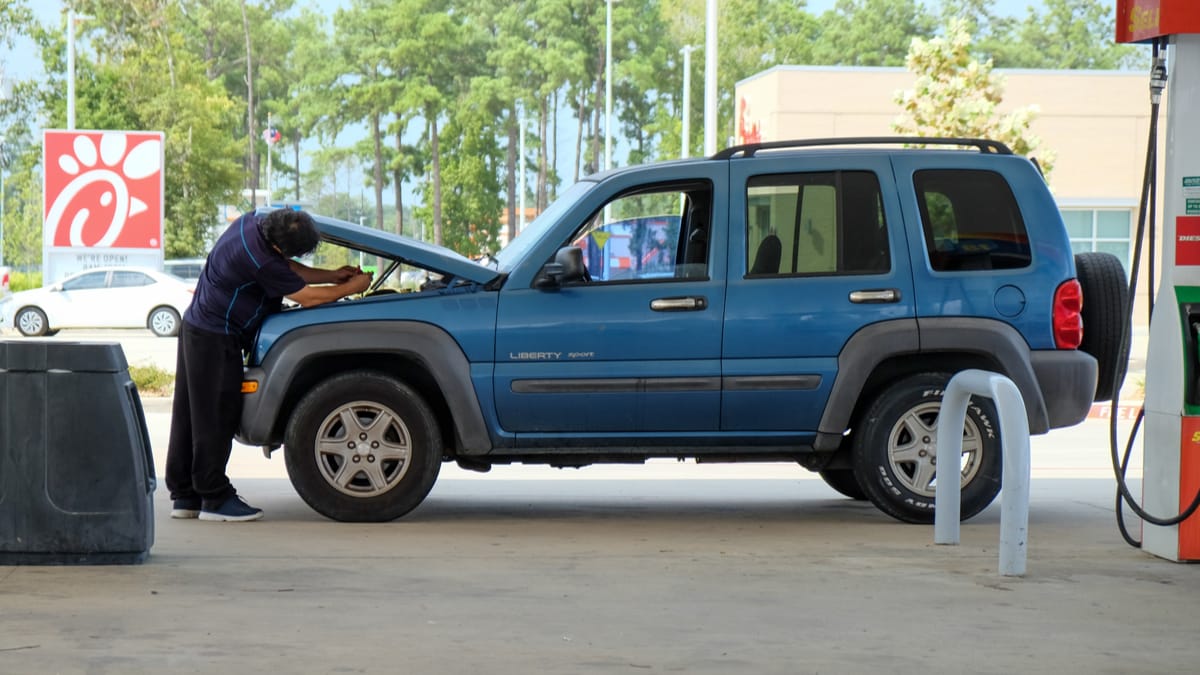There’s never a good time to have a car overheating. Yet, when the car is overheating on idle, you want to pay attention. It’s important to figure out what’s wrong with the vehicle before more damage occurs.
In our guide, we look at the main reasons that the car may overheat while it is idling. We also discuss the ways to fix it, so you can get back to enjoying the road. By the time you reach the bottom of our guide, you should have your most important questions answered.
Reasons Your Car Is Overheating When Idling
If the engine overheats while idling, it could be a bad radiator fan, a malfunctioning relay or fuse, a bad thermostat, or a clogged radiator. It could also be a faulty coolant temperature sensor, a low coolant level, a bad water pump, air in the cooling system or a bad temperature gauge.
The automotive cooling system has the responsibility to keep the engine at normal operating temperature. Here are some causes you should consider when something is wrong.
1. Bad Radiator Fan (Most Common)
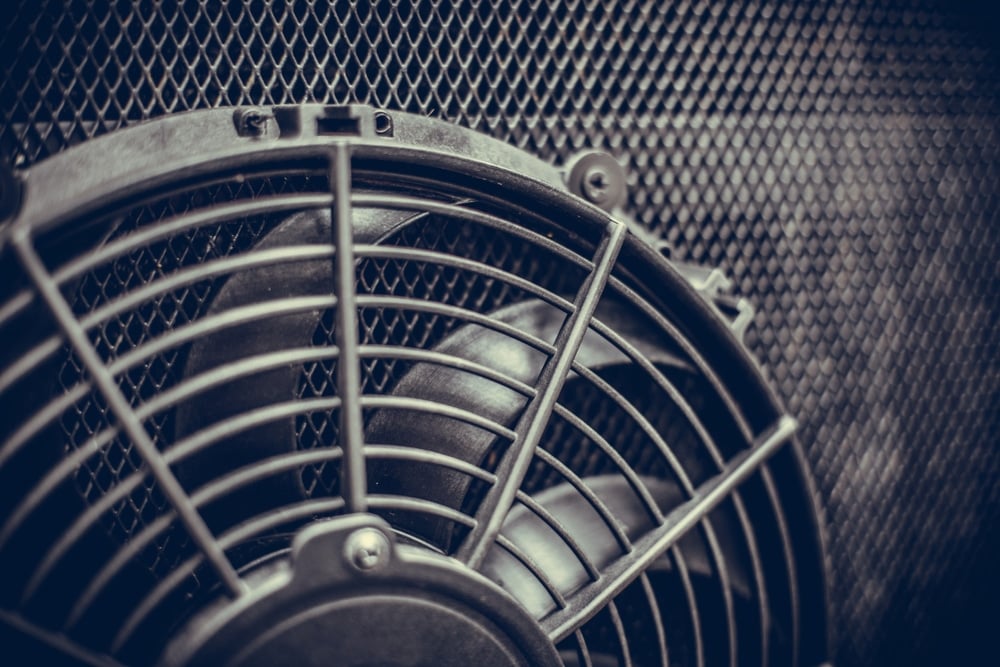
Most often, when the engine is overheating while idling, your radiator fan is probably to blame. The engine may remain cool while you are driving because the airflow makes its way naturally through the radiator to reduce coolant temperature.
As you stop, the cooling fan must work to keep the temperature down. There are two types or cooling fans, one is electric and the other is belt-driven. A loose fan belt slips and keeps the fan from spinning as fast as it should.
RELATED: 5 Symptoms Of A Bad Radiator Fan and Replacement Cost
2. Bad Radiator Fan Relay or Fuse
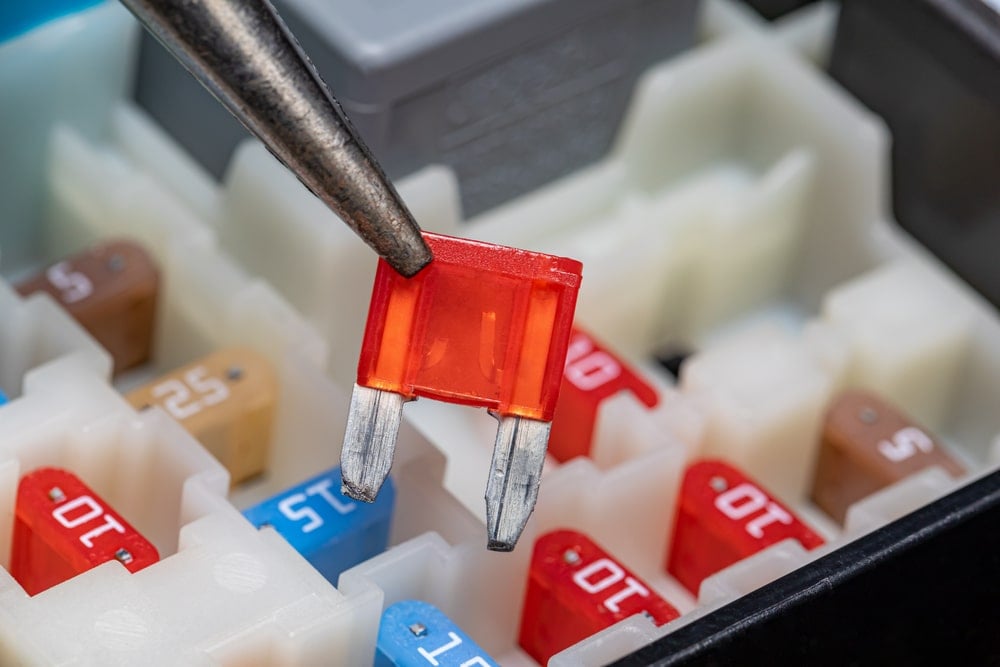
If the cooling fan is electric, you don’t have to worry about belts not working. Still, there are other parts that could keep it from working.
There could be a faulty switch or a bad relay that keeps it from coming on. You can also check for the fuse that runs the fan to see if it’s blown.
RELATED: 7 Reasons Your Radiator Fan Is Not Working and How to Fix It
3. Bad Thermostat
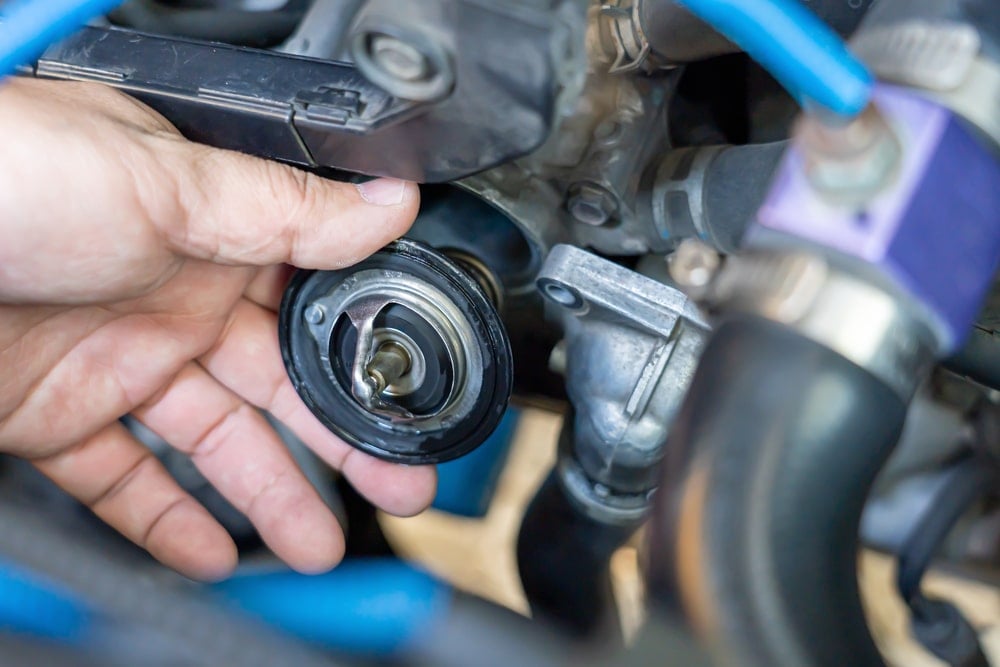
Your car thermostat allows coolant to flow into the radiator when it gets hot, such as when the vehicle is idling. If the thermostat doesn’t open while the car idles, the engine will overheat.
A bad thermostat can also do the opposite. It can get stuck open, causing the engine to never reach normal operating temperature.
4. Clogged or Bad Radiator
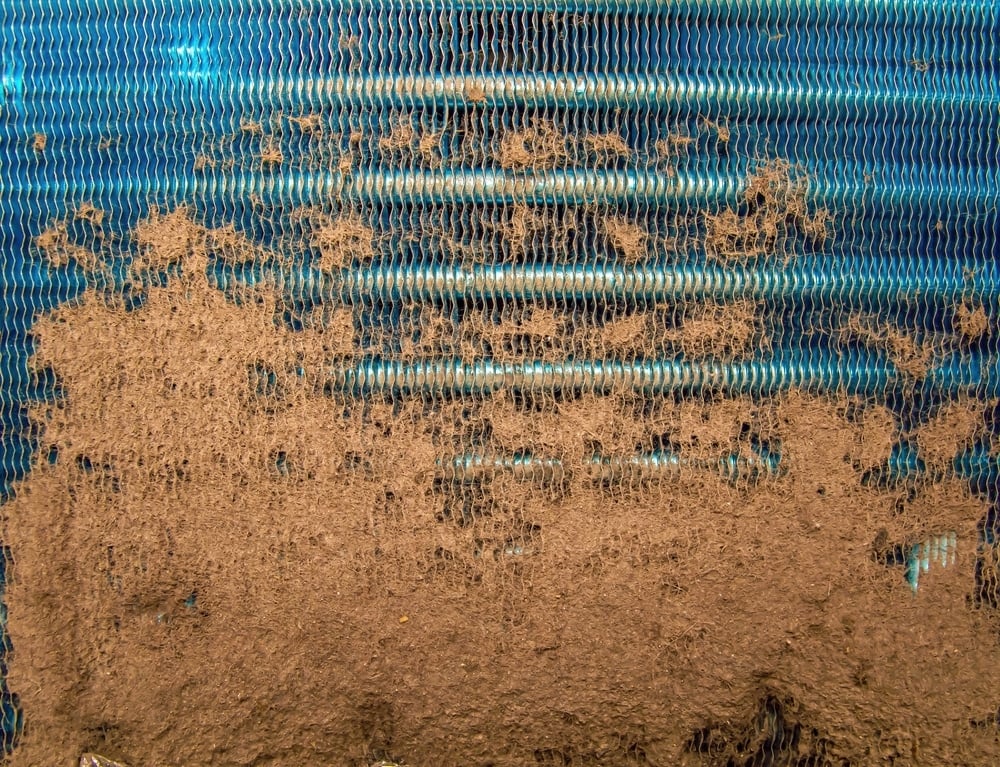
The radiator is the main component that cools down the car engine. Coolant circulates through the radiator where the heat is removed.
If there’s a clog in the passageways of the radiator, it won’t be able to circulate coolant normally. Because of this, the engine will start to overheat.
4. Faulty Coolant Temperature Sensor

The coolant temperature sensor is needed to measure the fluid temperature. It helps the PCM determine how much fuel and air is needed for combustion.
Some cars have two sensors, one in the cylinder head or by the thermostat housing and another on the radiator or engine. If the car is only overheating while idling, it could be a fault with the temperature sensor for the fan, causing it not to turn on.
5. Low Coolant Level
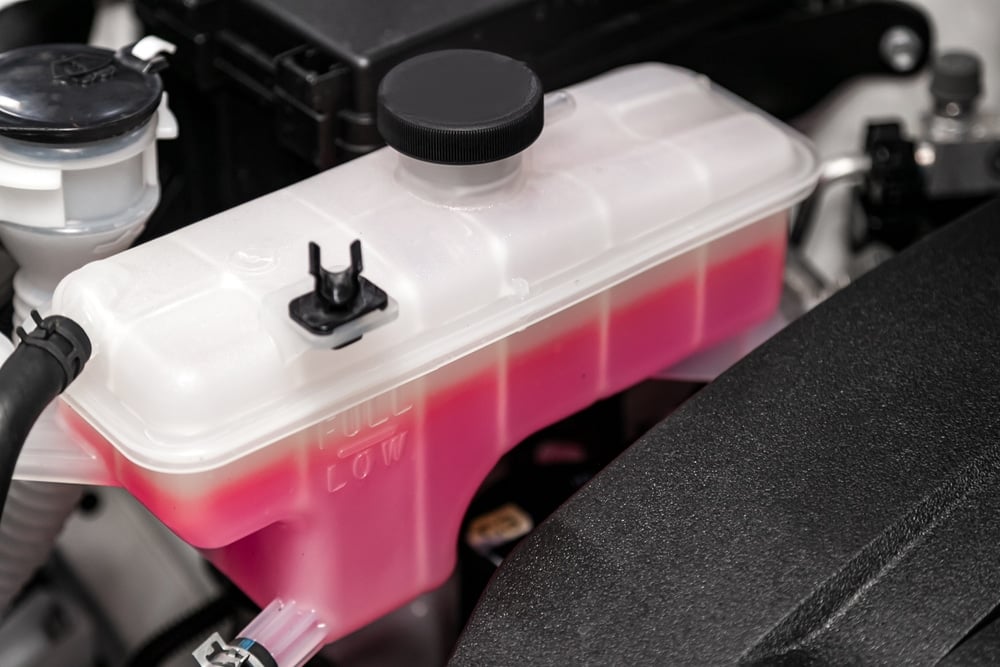
The cooling system requires a certain amount of coolant to run properly. Some engines hold up to two gallons of coolant. If there’s a leak in the system, your car can dump out a lot of coolant.
If the motor isn’t getting enough coolant, but you don’t see a leak, the fluid could be getting into the engine block. A blown head gasket is a serious problem that costs a lot of money to repair.
6. Bad Water Pump
The purpose of the water pump is to circulate the coolant through the radiator and into the system. As the coolant circulates, it takes on the heat from the engine and cools off in the radiator. If the water pump can’t push the coolant through, the hot fluid will remain in the engine.
When a water pump fails, it can also create a leak. You will see coolant dripping out from under the vehicle.
7. Air in the Cooling System
Your car’s cooling system is pressurized. There should not be any air in the system. If air did get in, there wouldn’t be enough pressure for the fluid to move around the system. Typically air gets in because of a leak.
However, human error is another common reason. If you haven’t bled the system after filling it up, air could have gotten inside.
8. Bad Temperature Gauge
If everything seems to be mechanically sound with the cooling system, there’s one more possibility. Maybe the temperature gauge of your car is reading the incorrect information.
What if the engine isn’t overheating after all? It’s not common for the gauges to fail, but not impossible either.
How To Fix A Car That Is Overheating On Idle
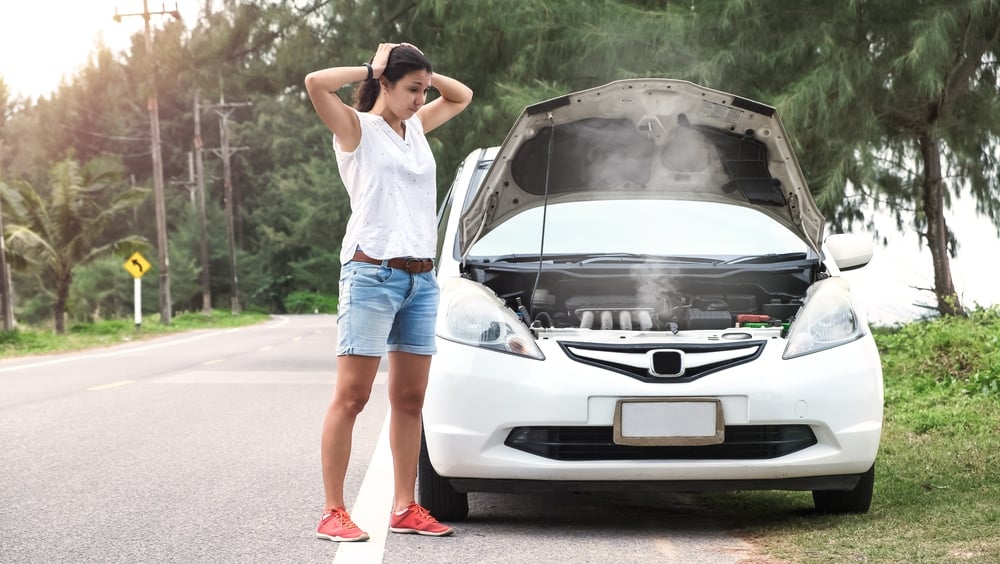
Once the car starts to overheat, it’s important that you get the problem resolved quickly. You don’t have a lot of time before permanent engine damage occurs. Here are the steps we take as professional mechanics.
1. Diagnose The Radiator Fan’s Function
Some older vehicles use a belt-driven fan. These are the easiest to troubleshoot because you can visually inspect the system.
Take a look at the belt to see if it is worn or if there’s some reason it’s not running. You can replace the fan if it’s defective.
2. Check Radiator Fan’s Relay and Fuse
Locate the fuse box in your vehicle and find the one that runs the cooling fan. You can get a diagram in your car’s service manual. Check to see if the fuse is blown and replace it if needed.
If the fuse isn’t the problem, you want to check the relay. These directions can be found in your service manual.
3. Check the Coolant Level & Look For Coolant Leaks
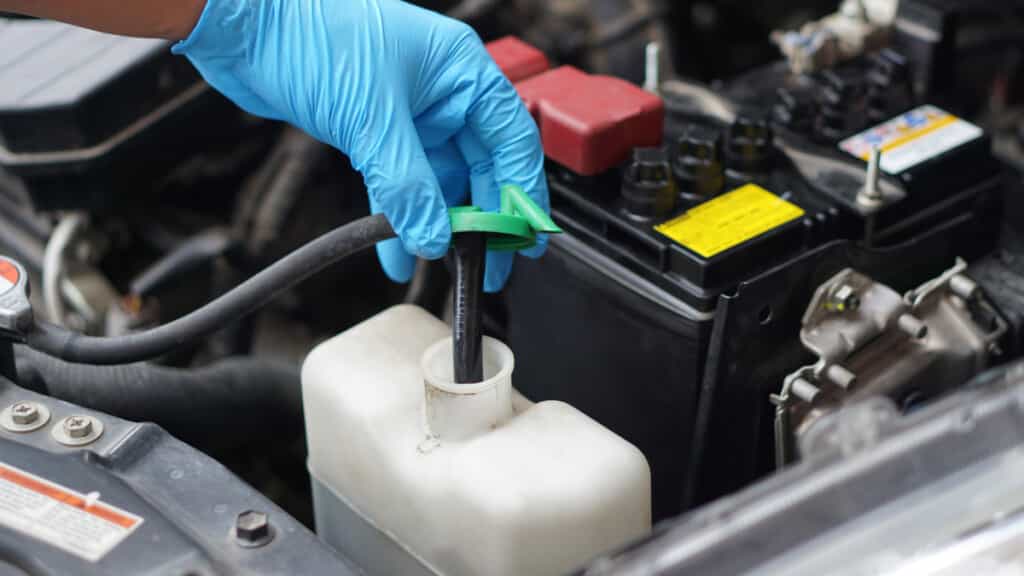
Any time the engine is overheating, it’s wise to inspect the coolant level. Here are some steps to follow.
- Park the vehicle on level ground.
- Wait until the engine is completely cool unless your owner’s manual says differently.
- Open the hood.
- Find the radiator and coolant reservoir.
- You should be able to see the coolant level through the plastic. Read the level in relation to the maximum fill line.
Before you top it off, it’s wise to inspect the coolant. Fresh coolant will be clear red, yellow, green or blue. If it’s unusually colored or has contaminants in it, you may want to replace the fluid.
If the coolant is oily or seems to have sludge, the problem may be a blown head gasket instead. In this case, you should move on to step number seven.
Once you’ve determined that there’s a lack of fluid in the system, it’s important to find the leak that’s associated with it. You don’t want to fill the tank back up only to have it leak out. Plus, coolant can be made from ethylene glycol, which is harmful to children and animals.
RELATED: 5 Causes of a Coolant Leak – How to Fix it & Repair Cost
4. Read Trouble Codes
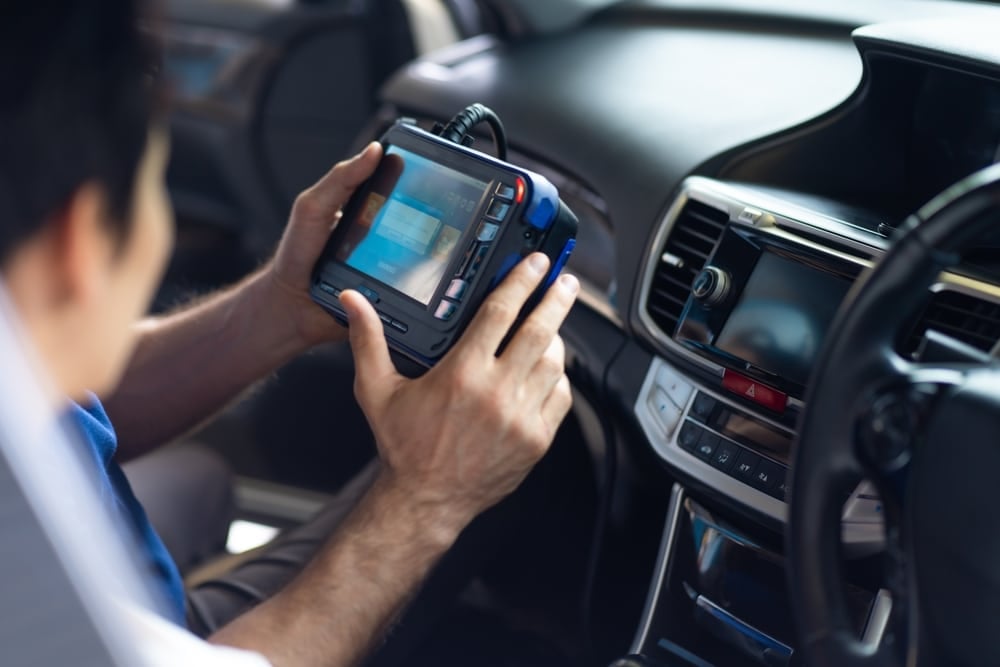
Depending on what’s causing the problem, a warning light may have come on the dashboard. If you have a compatible code scanner, you can read the DTCs to gain insight into the problem.
With our trouble code library, it’s easy to determine what each DTC means. Some of them have multiple meanings and fixes, so you will need to put the information together like a puzzle to diagnose the problem.
5. Check the Thermostat, Coolant Temp Sensor & Water Pump
If you haven’t figured out the problem yet, you want to dig deeper into the mechanical aspects of the system. It’s important to diagnose the thermostat, coolant temperature sensor and water pump.
As mechanics, we agree that it’s always best to follow the diagnostic steps laid out by the manufacturer. To check the thermostat, you will need to watch the flow of coolant in the radiator while the coolant temperature sensor is checked with a multimeter. The inspection of the water pump should only require physical examination.
6. Flush And Bleed The Coolant System
You can get the air out of the cooling system with a few simple steps. Here is our recommendation.
- Remove the radiator cap. Don’t do this until the engine is cool.
- Put your funnel into the car radiator.
- Pour coolant into the radiator until it reaches the full line.
- Wait to see if bubbles pop and the coolant goes down.
- Keep filling the system until it doesn’t go down.
- Start the engine.
- Turn on the heater (fan speed low, as hot as it goes)
- As the coolant level continues dropping, keep filling it up
- Once heat is coming out hot from the vents, the coolant level should stop dropping
- Make sure the temperature of the gauge is good
- Turn off the engine
- Put the radiator cap back on
READ MORE: How to Properly Bleed Your Cars Cooling System by Yourself
7. Contact A Professional
If you can’t figure out the problem or repair it, reach out to an ASE-certified mechanic in your area. This is a complicated issue and you don’t want to ignore it.
If you fail to fix the cooling system and you allow the engine to continue overheating, it can cause permanent damage. We encourage you to price out an engine replacement so you see why this is a terrible path to take.
What causes a car to overheat while idling with AC on?
Overheating engines can be caused by a bad radiator fan, an issue with the fuse or relay, a bad thermostat or a clogged radiator. It can also stem from low coolant levels, a faulty coolant temperature sensor, a bad temperature gauge, air bubbles in the cooling system or a failing water pump.
Can a bad water pump cause an overheating engine at idle?
Yes, the water pump is responsible for circulating the coolant through the engine and radiator. If it stops pumping the coolant, heat can’t be dispersed and the engine is going to remain warm. A bad water pump can also cause leaks, which would be seen underneath the vehicle.
Why does my car overheat when sitting in traffic?
An overheating engine is often caused by a bad radiator fan, a malfunctioning thermostat, a failure of the fuse or relay, a clogged radiator or low coolant levels. It can also come from a faulty coolant temperature sensor, a defective water pump, a bad temperature gauge or air bubbles in the system.
How do you fix an overheating engine while idling?
First, you need to figure out what’s wrong. If the system needs coolant, fill it up. It’s also important to look for leaks so the coolant isn’t wasted. If a mechanical issue is to blame, replace the defective part to ensure the engine doesn’t overheat. Reach out to a local mechanic if you need more help.
What are the signs of a clogged radiator?
The car engine may start to overheat. Additionally, there could be coolant leaks from the radiator. The coolant level could drop and you might notice rust or sludge in the radiator. You may be able to flush the radiator to remove the clog.
It’s alarming when the car starts to overheat. This problem is meant to get your attention so you take prompt action to fix it.
Because the cooling system is so complex, we understand why it might be better to reach out for professional help. Whatever you do, don’t procrastinate. It can lead to engine damage that can’t be reversed.
Categories: Coolant, Troubleshooting
